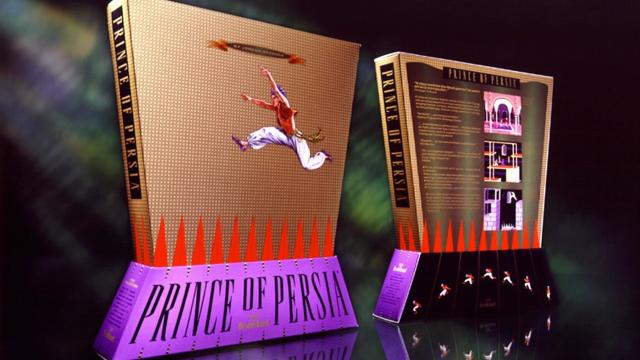With GameStop’s stock exploding and shrinking on a weekly basis, it’s easy to forget that until recently, it was an open question whether the next-gen of gaming consoles were going to come with an optical drive at all. Physical games managed to avoid the grim reaper, for now, but little care is put into their packaging these days. A whole generation missed out on a time when you could walk into a Babbages and an encyclopaedia-sized PC game box practically leapt into your hands.
During the video game industry’s adolescence, a visit to the shelves of the computer shop meant finding shareware games in ziplock bags beside boxes adorned in the state-of-the-art of graphic design of the time. But some designers went further and took the opportunity to turn those standard cardboard boxes into eye-catching sculptural objects. One of the unsung heroes of the PC box is the designer Hock Wah Yeo.
The fine folks at The Obscurity recently did an in-depth look at Yeo’s career that was like Proust’s madeleine for a ‘90s kid like myself. During gaming’s wild west years, Yeo ran a design studio with his partner at the time, Valerie Wong. Wong reportedly focused on the corporate clients while Yeo turned his attention to the gaming world.
The Design Office of Wong & Yeo started out doing iconic but conventional work on titles like The Guardian Legend and Lode Runner before Yeo was given the opportunity to let his imagination run wild on the 1988 flight sim Jetfighter: The Adventure.
Soon, game publishers realised that Yeo at his most extreme was good for business. Broderbund decided to hand him the responsibility of packaging a re-release of Prince of Persia three years after its debut. He claims that sales tripled when his two-piece design hit the shelves and everyone wanted a Prince of Persia box. Yeo just got weirder with a transforming box for Ultrabots and allusions to Rube Goldberg for The Incredible Machine.
Yeo told The Obscurity that “if you want to sell somebody something, it’s gotta be in your hands.” In the absence of ubiquitous reviews and advertising structures, video game retailers were making judgments about what to carry based on what a customer could discern from the packaging. Yeo was good at making packages that promised something special and compelled people to pick them up — so good, in fact, that the Design Office of Wong & Yeo got a credit on the underside of the box, a rare thing at the time.
Since the heyday of big honking PC game boxes, Yeo has moved on to web design and branding with his new studio Yeo Design. He was nice enough to share a selection of images of some of his most iconic PC game designs with us that you can check out in the slides ahead, and you’ll find links to play the games. If you’d like to know more about his history and the stories behind the boxes, give a visit to The Obscurity.
Wolfpack (Broderbund, 1990)
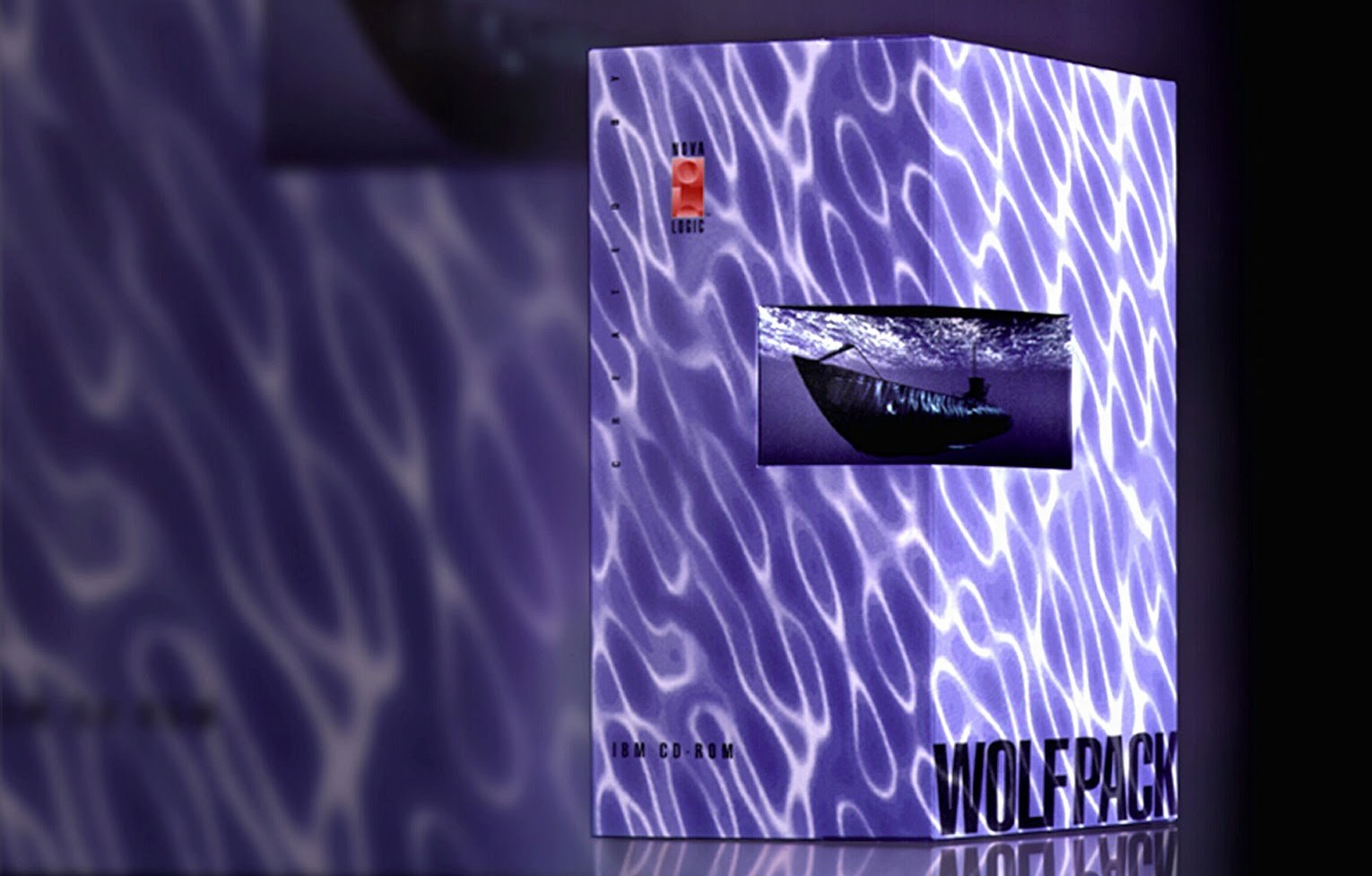
A World War II submarine simulator that drew unfavourable comparisons to Silent Service II at the time of its release, but it earned plaudits for its graphics. You can play it in your browser here.
Jetfighter: The Adventure (Velocity, 1988)
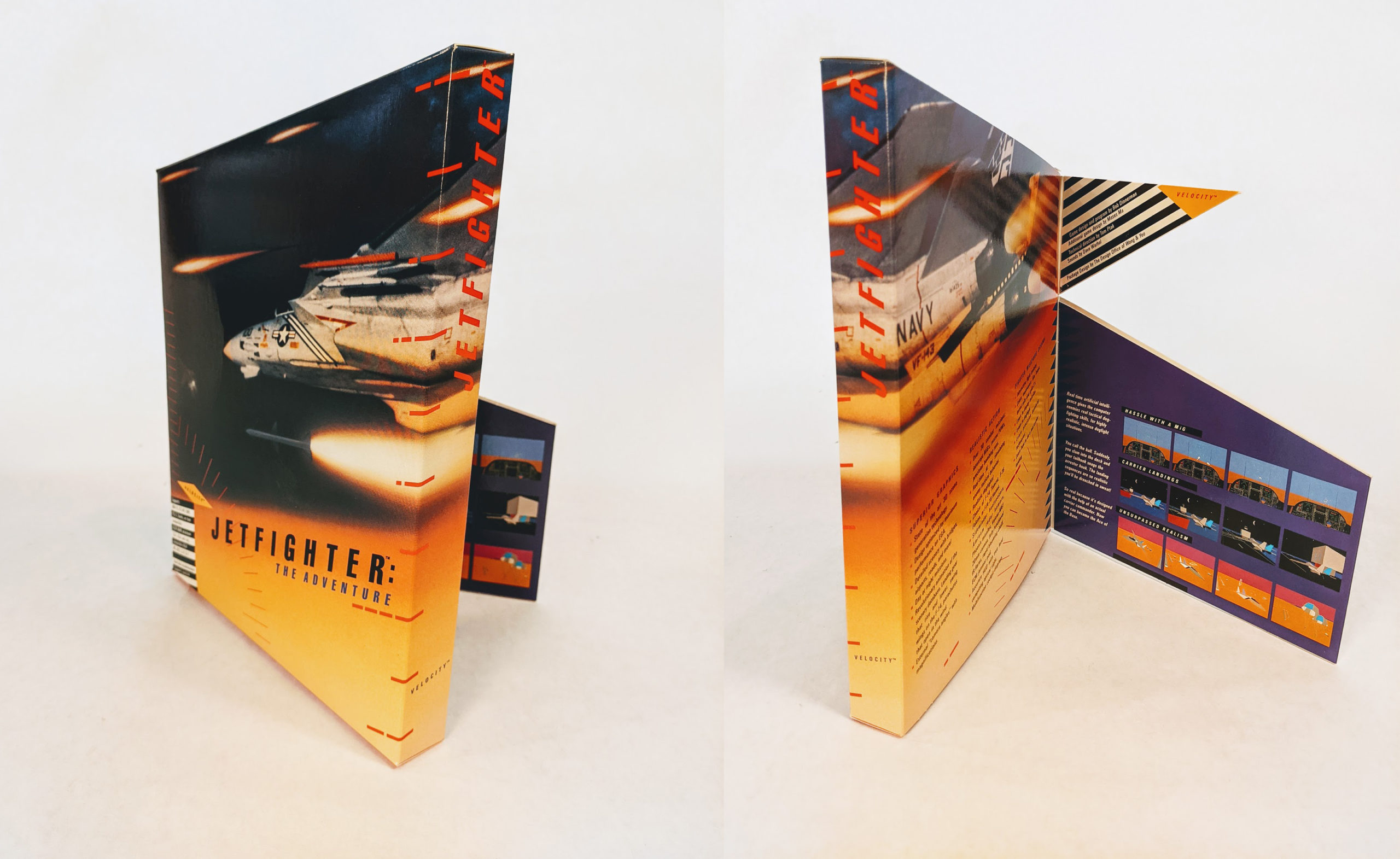
The first game on which Yeo was given total freedom in the packaging design. Jetfighter: The Adventure was a flight simulator that was considered somewhere between an arcade action-er and a hardcore sim. You can play it in your browser here.
Jetfighter II: Advanced Tactical Fighter (Velocity, 1990)
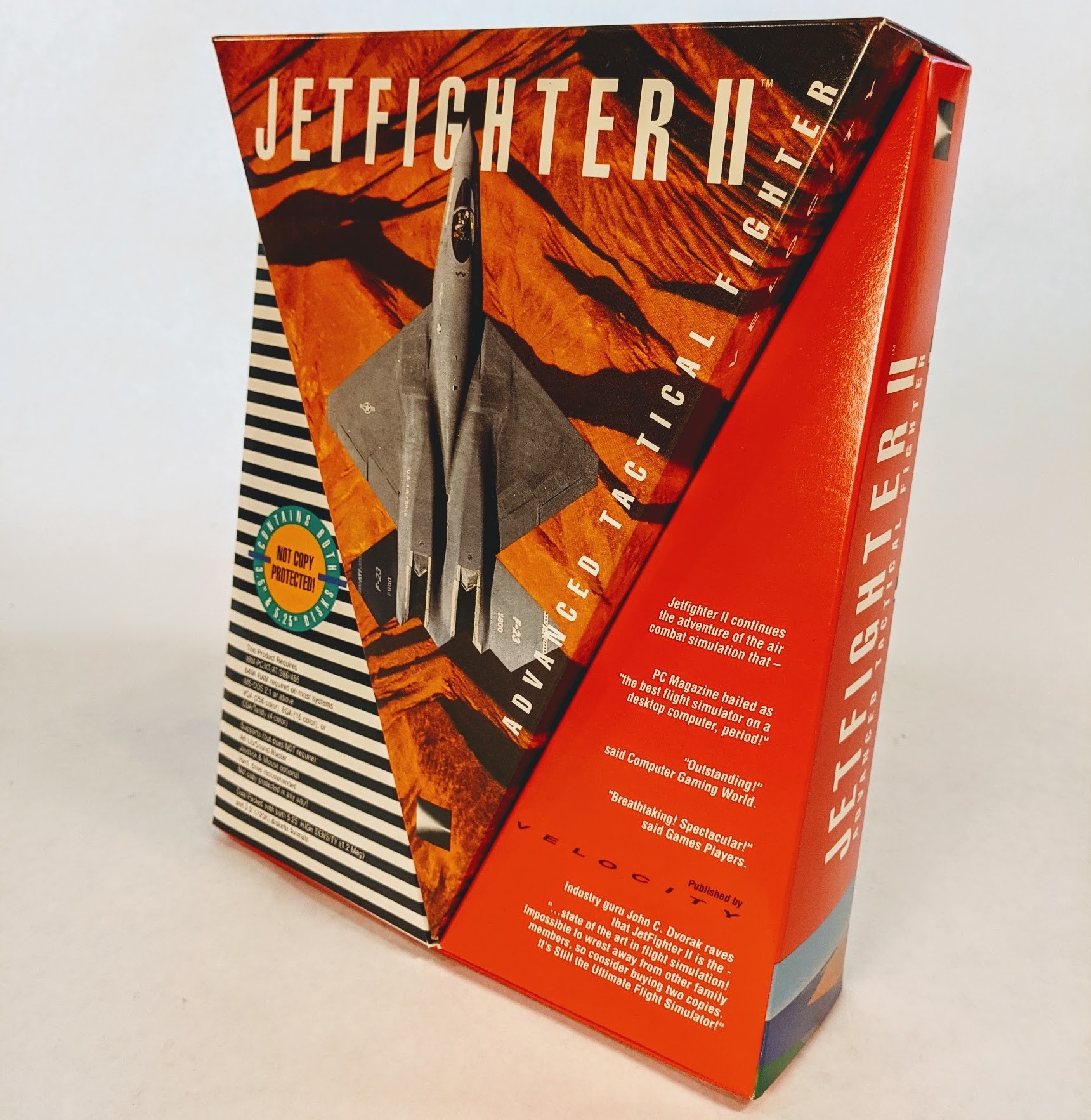
It wasn’t a runaway hit, but the first Jetfighter game was successful enough to spawn nine sequels. The first sequel was more advanced and more tactical. You can play it in your browser here.
Gabriel Knight: Sins of the Fathers (Sierra, 1993)
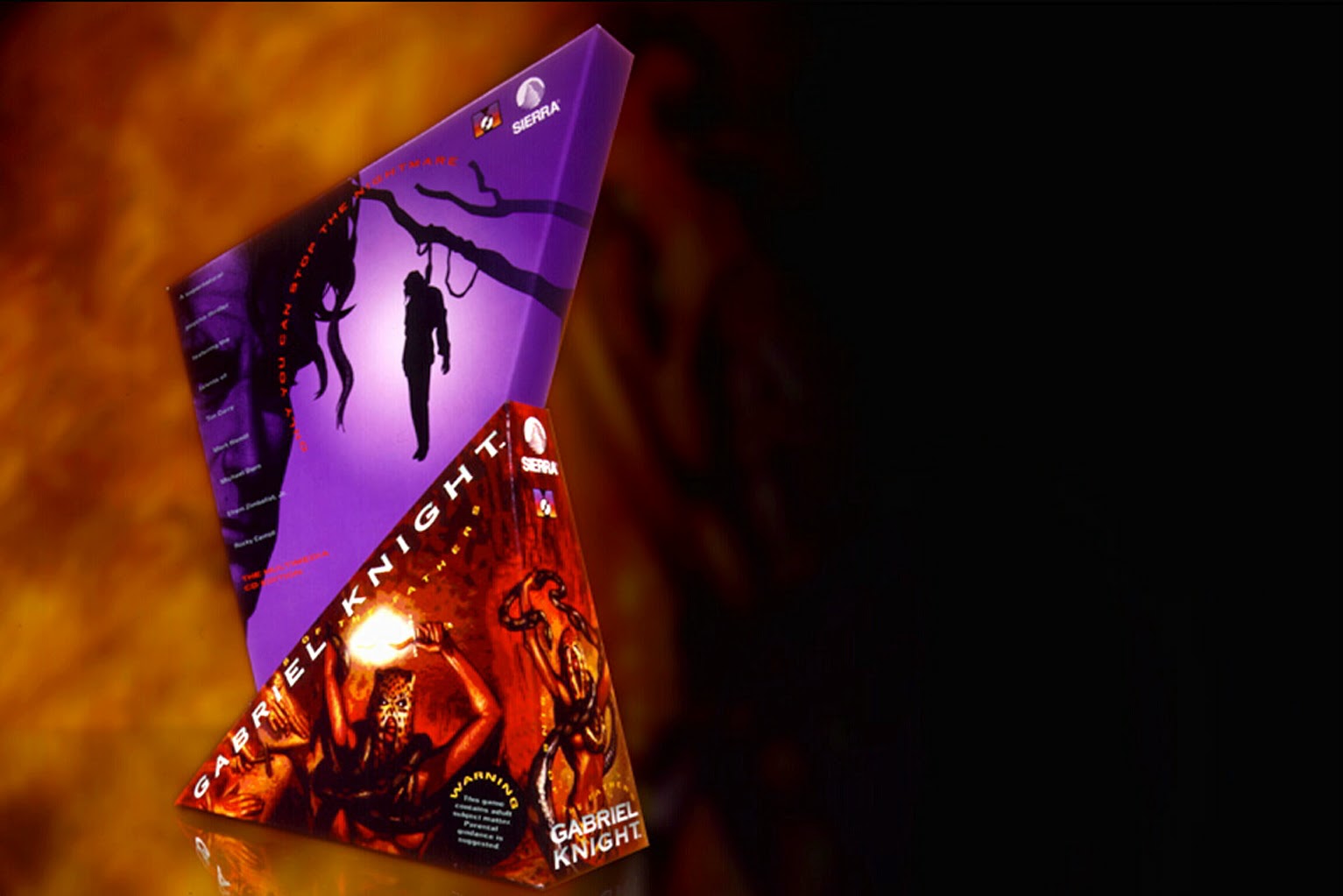
A groundbreaking point-and-click adventure with voice performances from Tim Curry and Mark Hamill, Gabriel Knight pushed storytelling forward in the video game industry and was beloved by critics. You can play it in your browser here.
Spectre (Velocity, 1991)
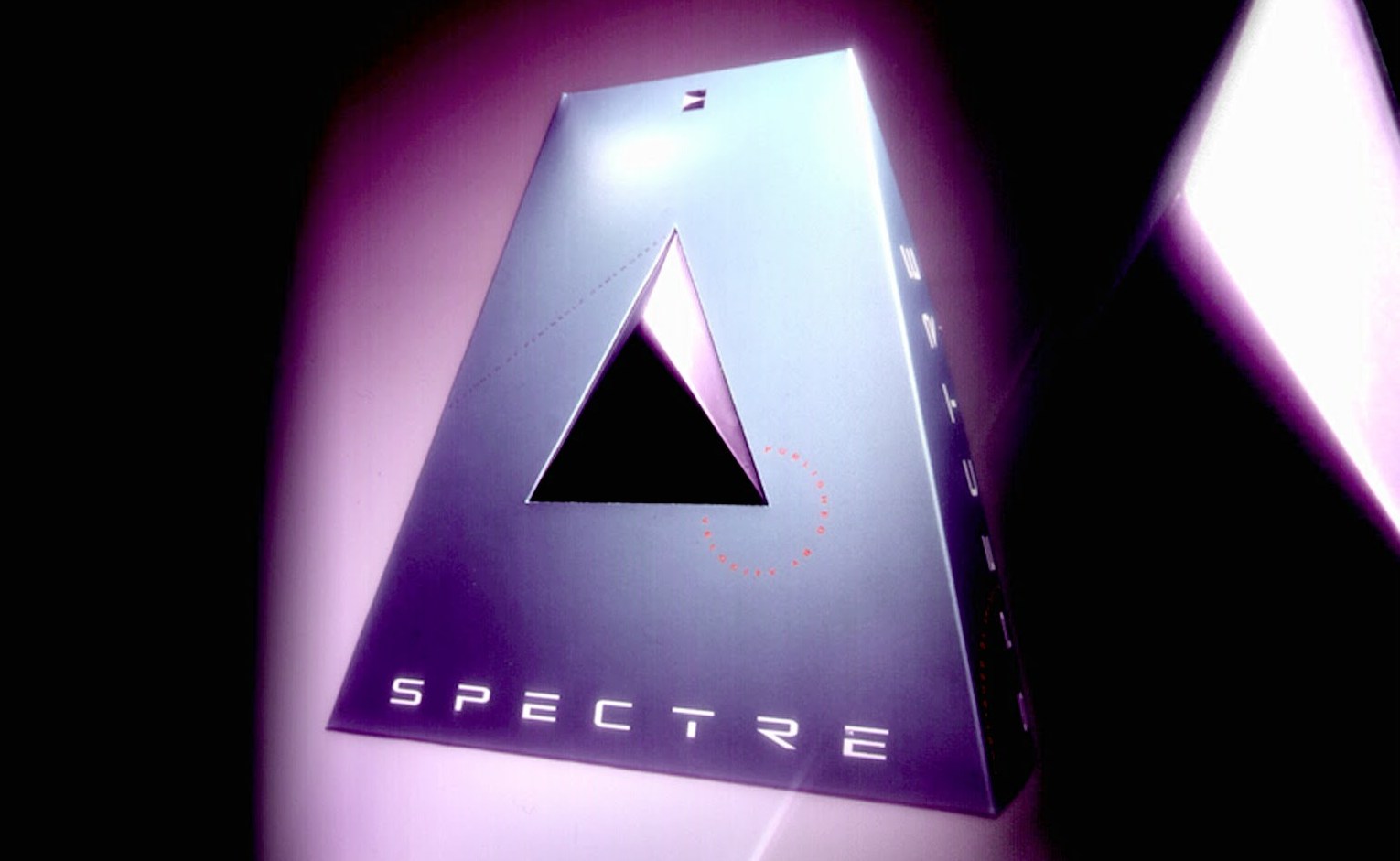
3D tank-battle games were all the rage in the early days of 3D graphics, and Spectre’s packaging set it apart from the pack. You can play it in your browser here.
Spectre Supreme (Velocity, 1993)
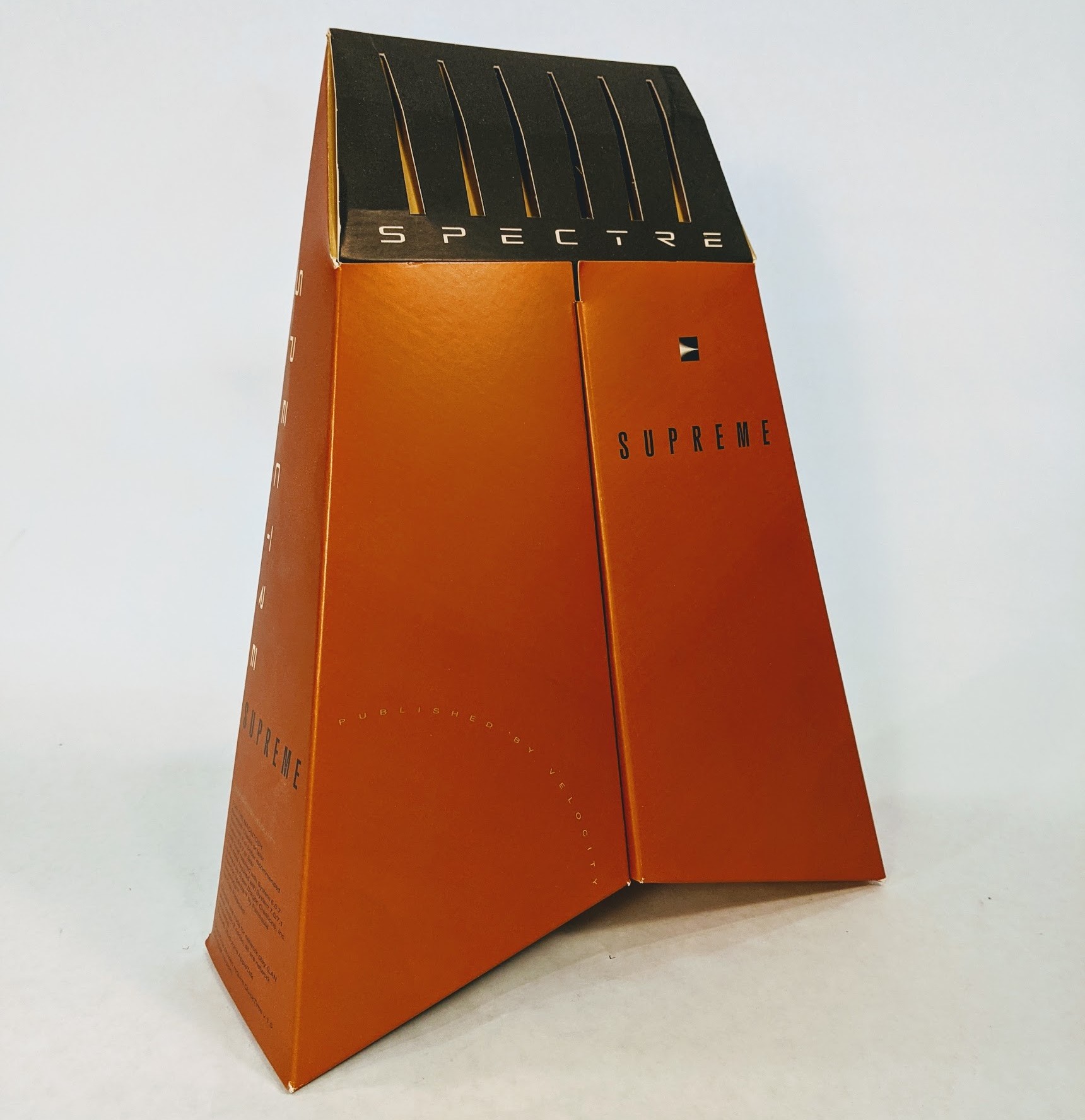
Retailers weren’t pleased with the big protruding triangle on the front of the original Spectre packaging, and Yeo streamlined his approach for its sequels, sticking with the pyramid silhouette but making it easier to stack on a shelf. You can download it for Mac here.
Spectre VR (Velocity, 1994)
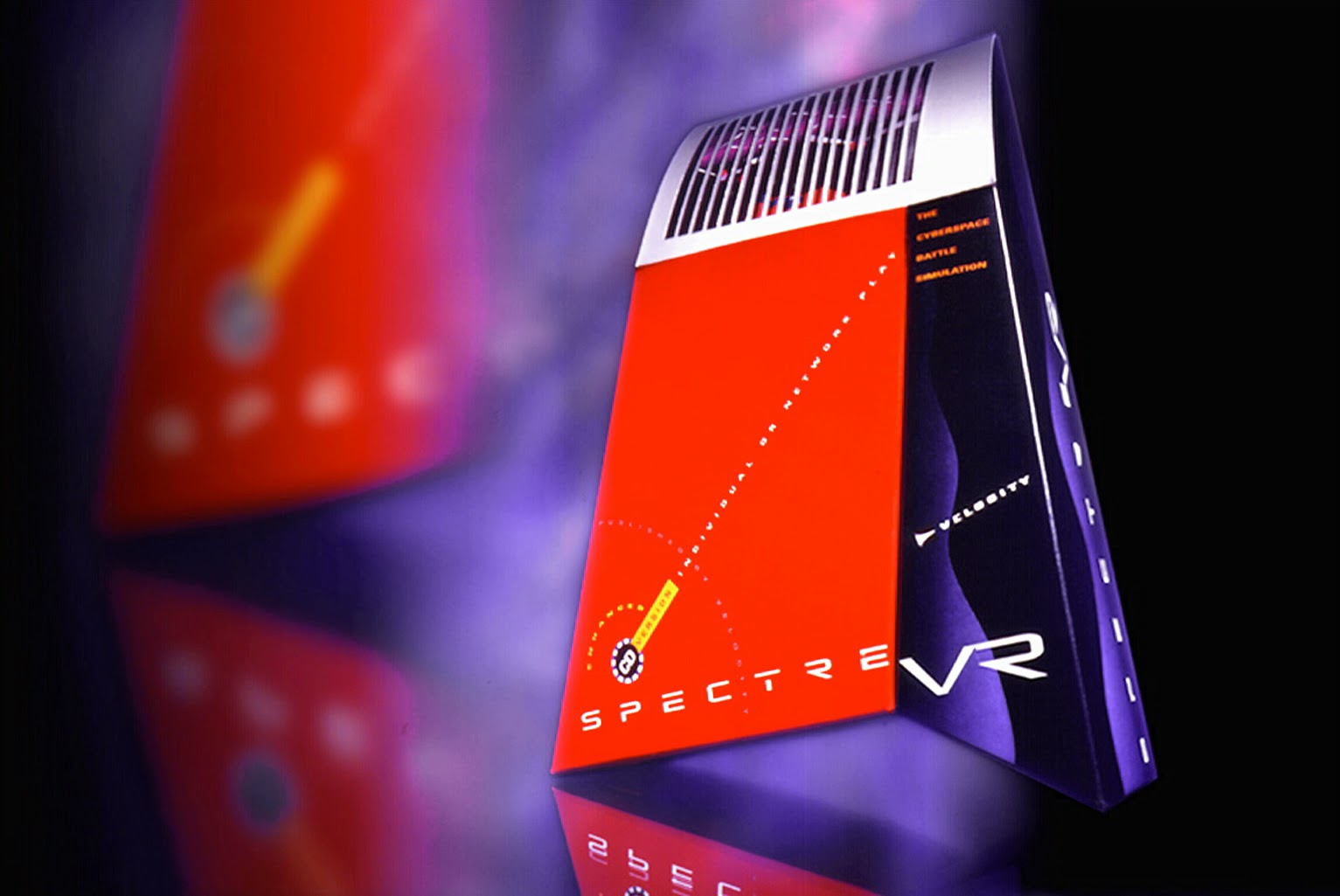
In the ‘90s, the term “VR” could be slapped on anything to make it more tech-y sounding. In the case of Spectre VR, the big leap forward wasn’t about virtual reality but the ability to engage in networked competitive play online. You can play it in your browser here.
Armoured Fist (Novalogic, 1994)
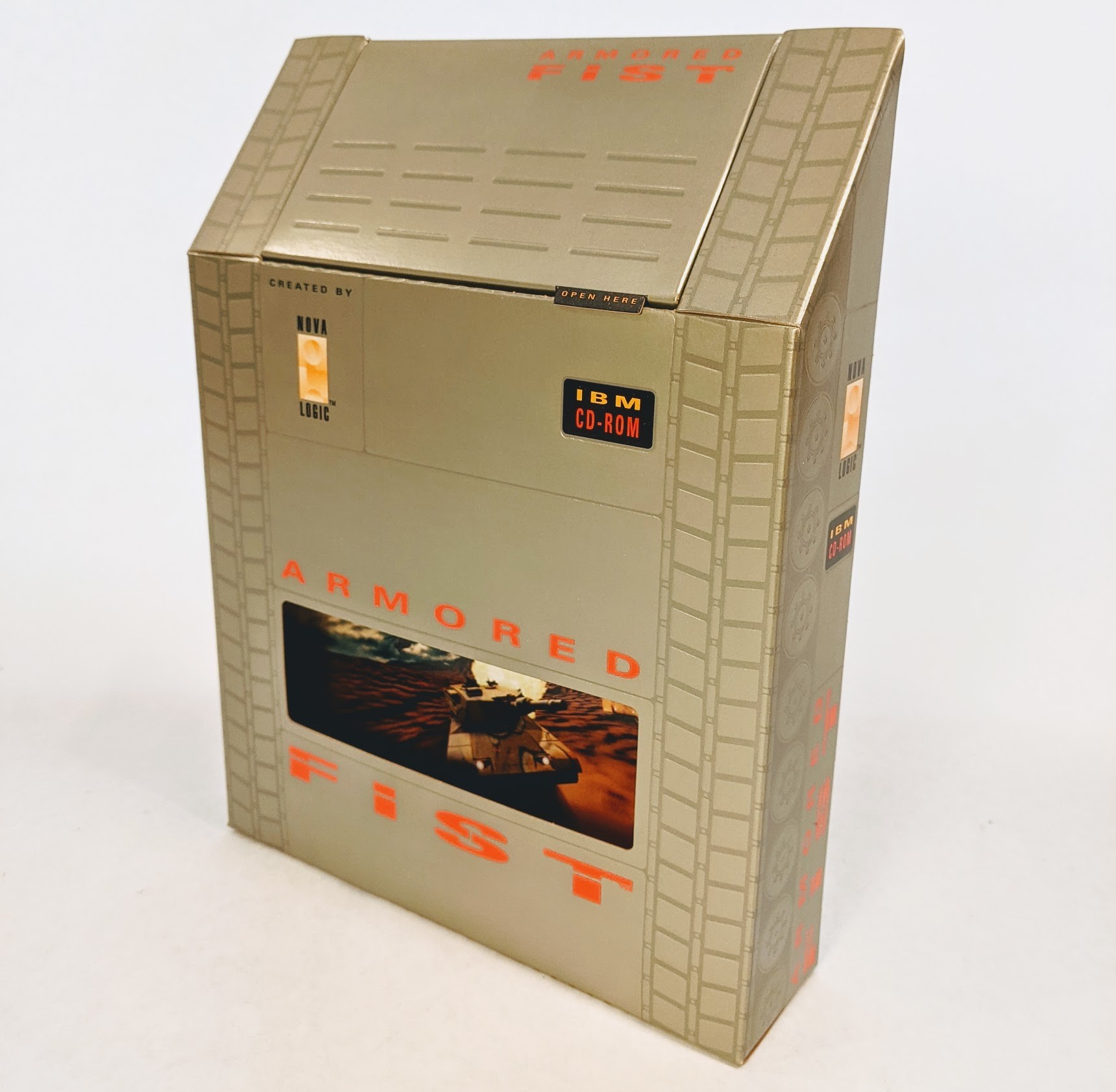
A cold war tank simulation game that appealed to what we’d refer to as a “Call of Duty type of player” today. You can play it in your browser here.
Double Switch (Digital Pictures, 1993)
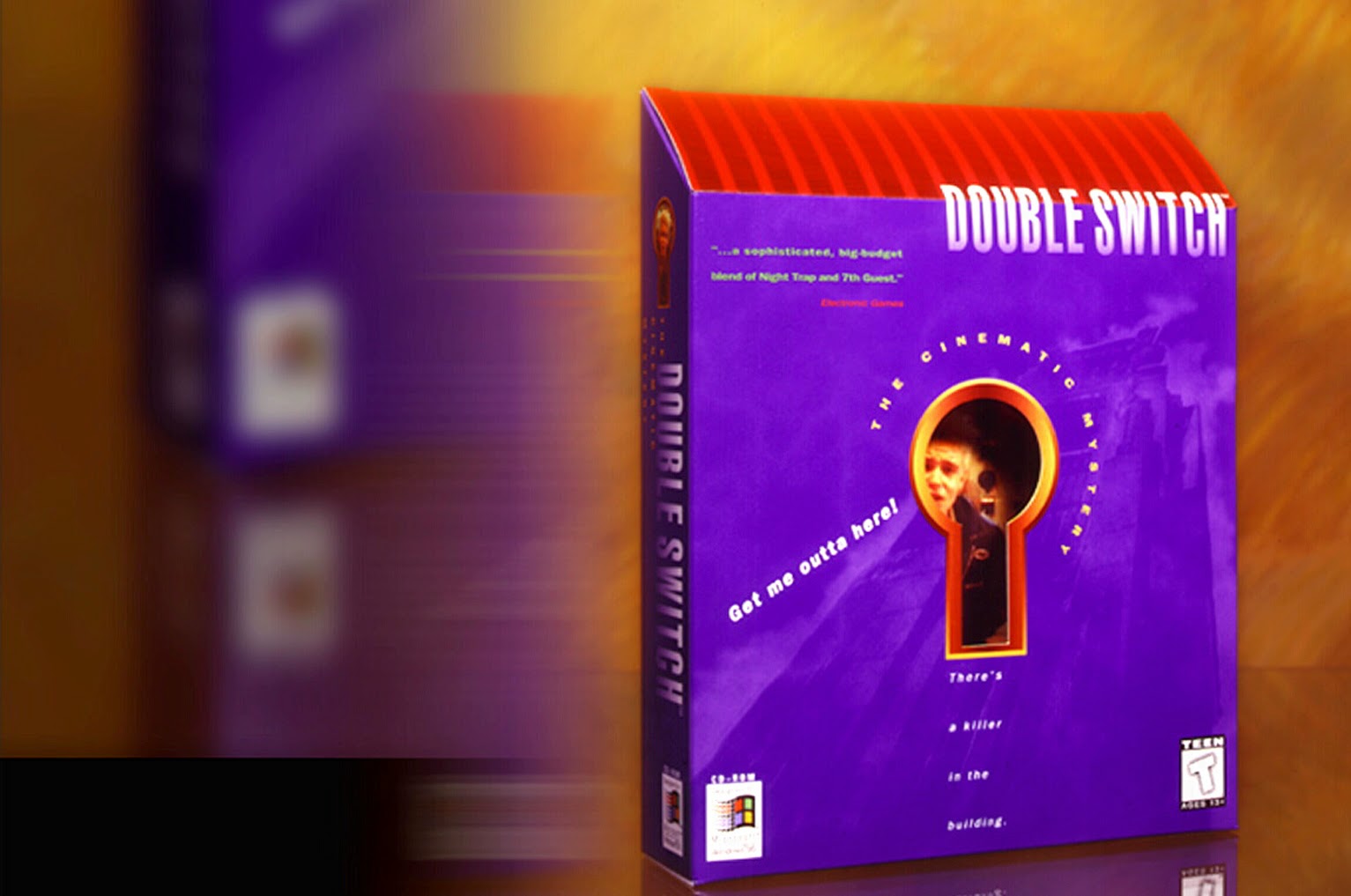
A full-motion video adventure from the same team behind Night Trap. Double Switch was recently re-released for its 25th Anniversary on the Nintendo Switch. You can get it here.
Flying Colours (Magic Mouse, 1993)
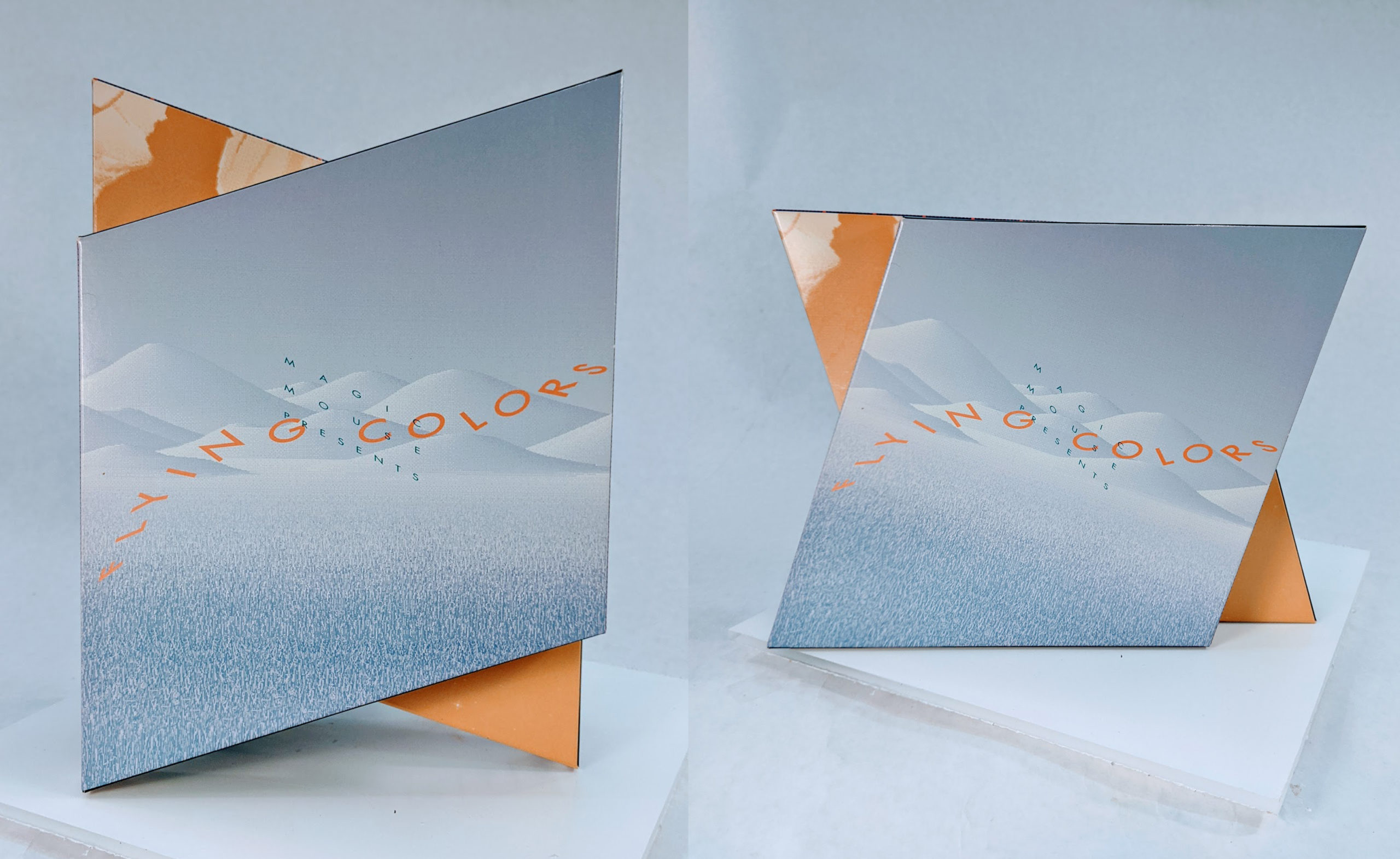
All of Yeo’s designs still work today, even if the graphical elements seem a little “dated.” But the packaging for Flying Colours hasn’t aged a day, and I could easily see its style working on anything made by thatgamecompany, like Journey. The game itself was kind of like the PC equivalent of Mario Paint and could be used to make masterpieces like this. You can download it here.
Flying Colours w/ more detail (Magic Mouse, 1993)
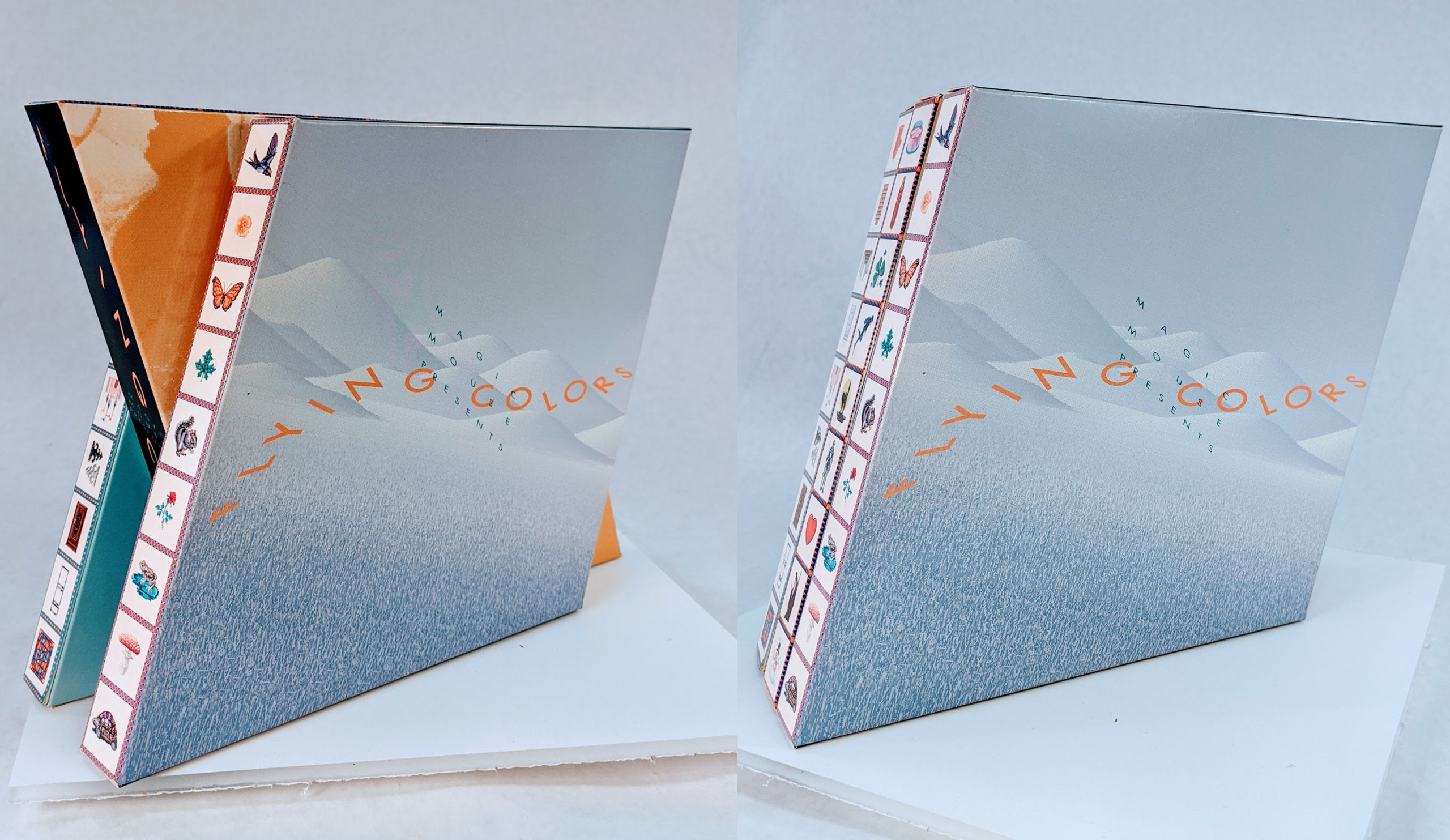
Prince of Persia (Broderbund, 1989)
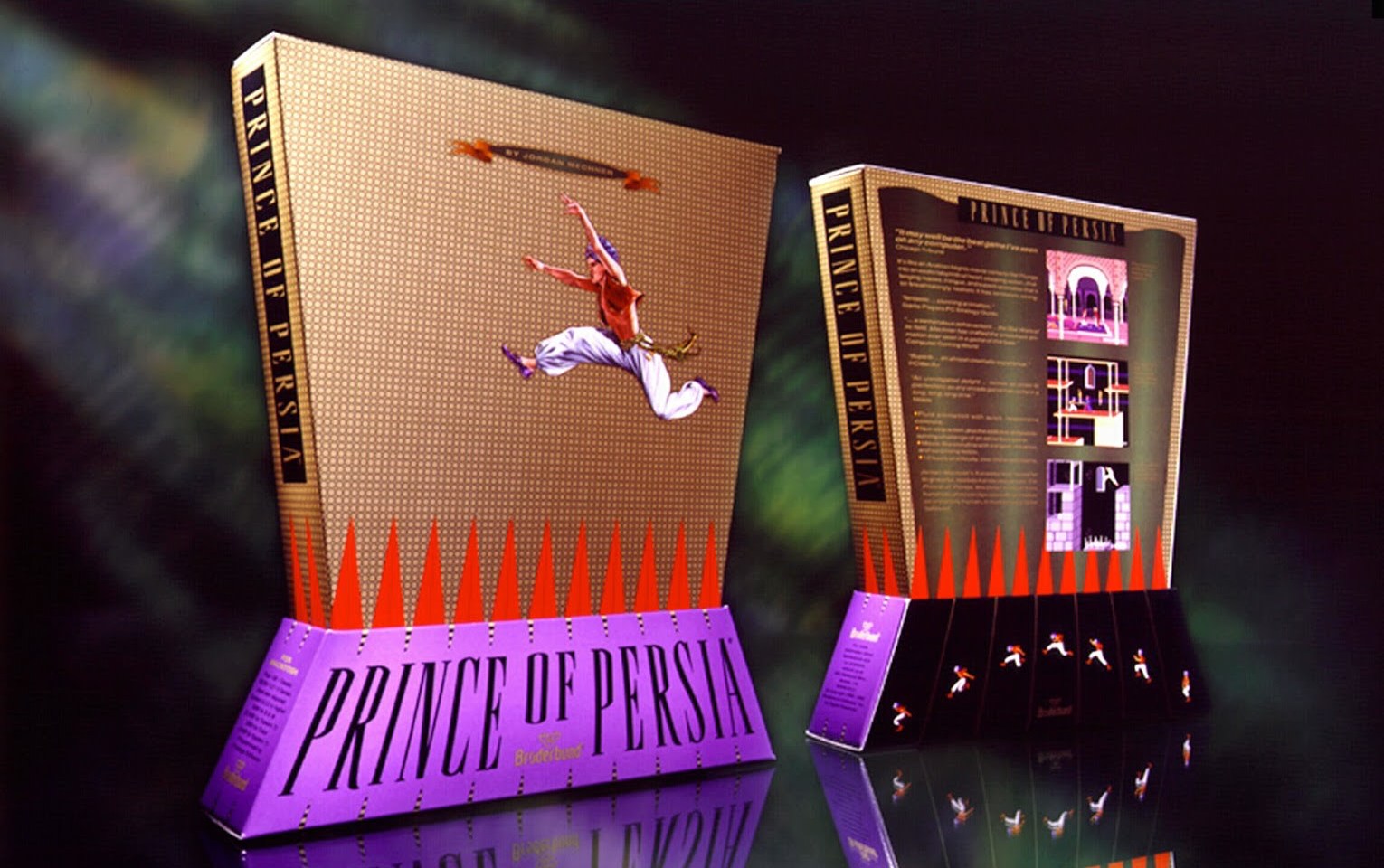
The box that truly put The Design Office of Wong & Yeo on the map. This side-scrolling platformer took a while to catch on, but the franchise continues in movies and games today. You can play it in your browser here.
Prince of Persia 2: The Shadow and the Flame (Broderbund, 1993)
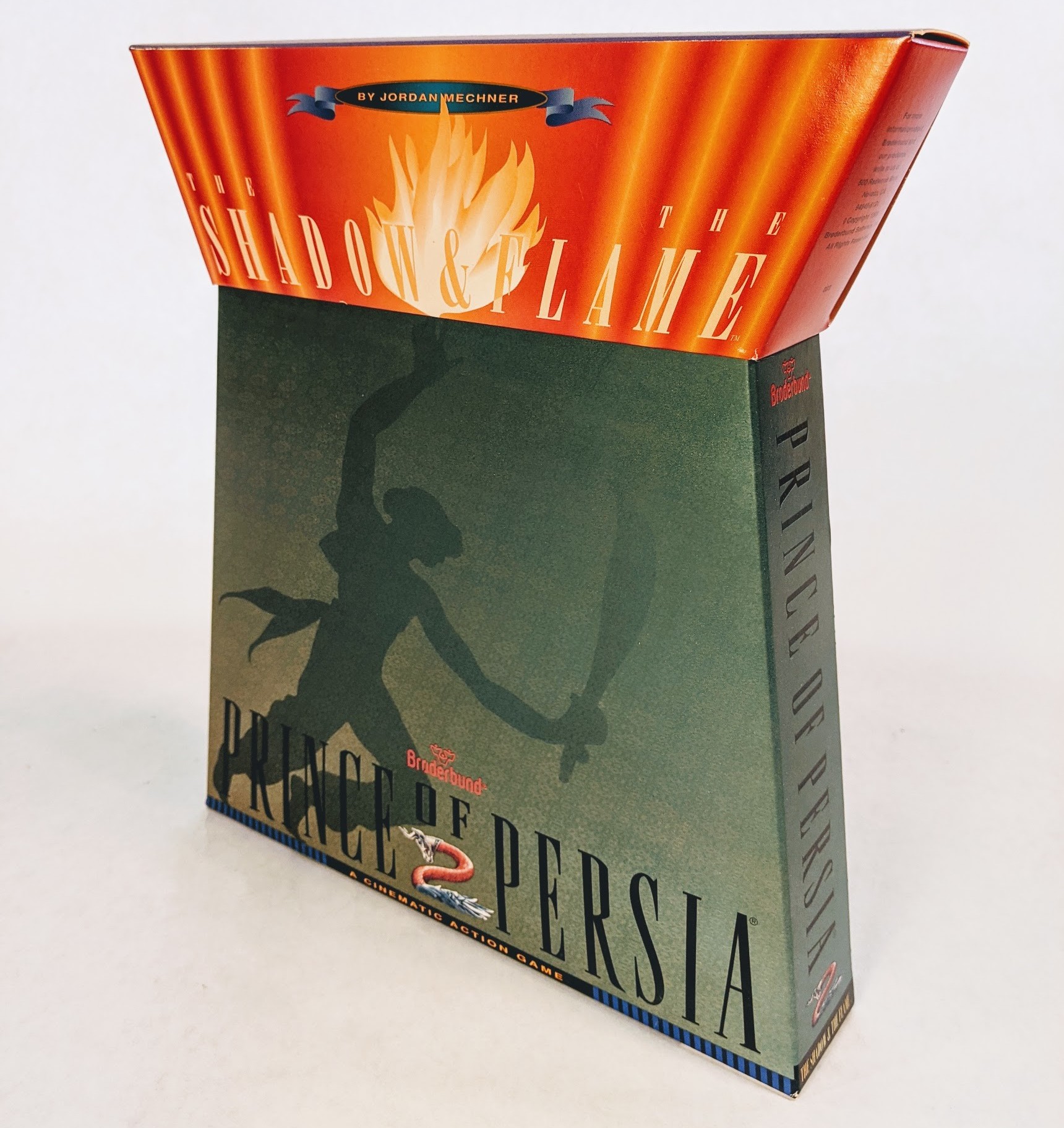
With everyone wanting a Prince of Persia-style box, there was little doubt Yeo would take a shot at working on the sequel. Critics felt the game itself improved on the original, and it made the list for Computer Gaming World’s Action Games of the Year. You can play it in your browser here.
Supreme Warrior (Digital Pictures, 1995)
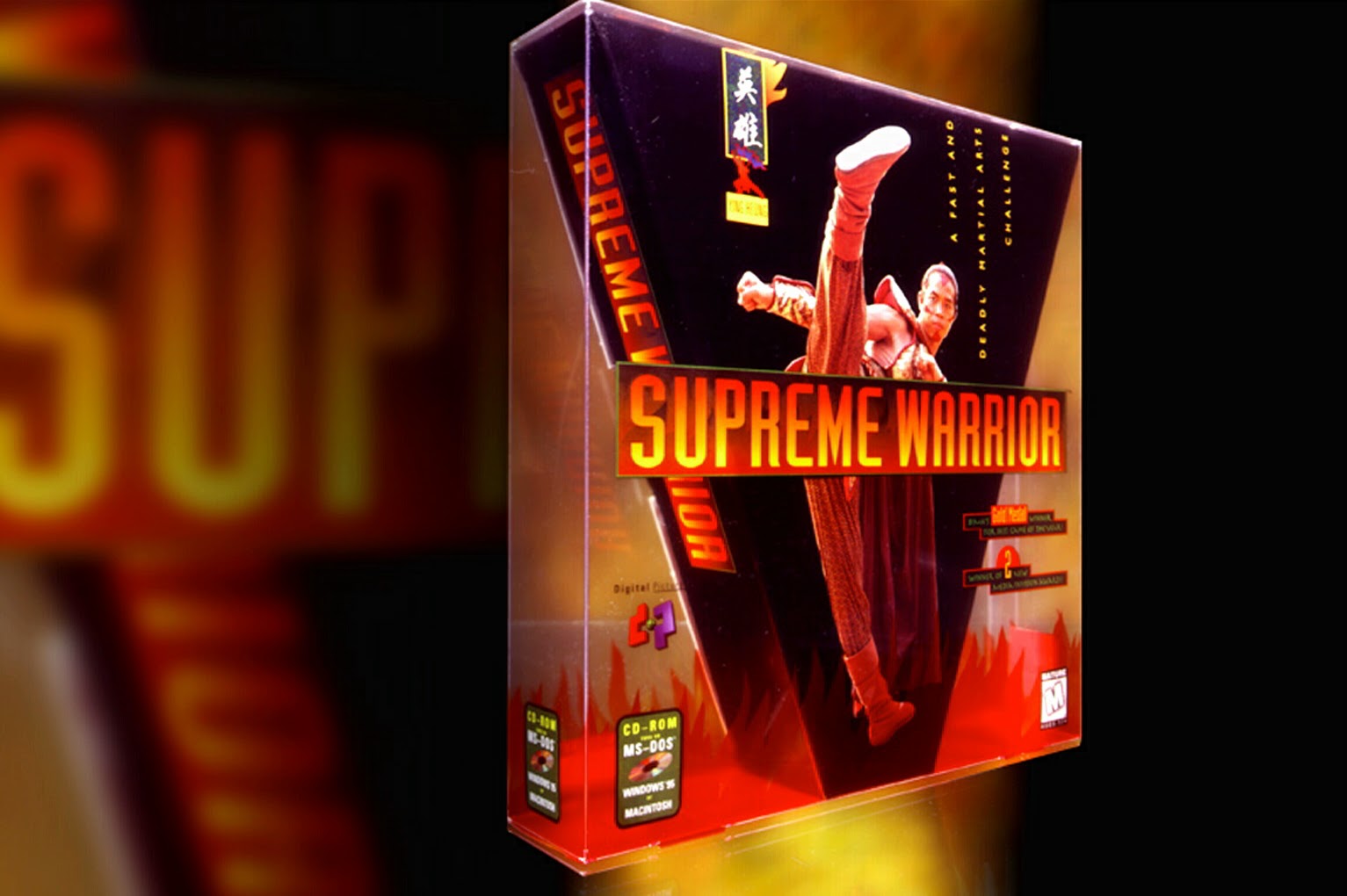
Another full-motion video entry from the Digital Pictures crew, this one tried to translate kung fu movies into a fighting game with a first-person perspective. The results were mixed. You can play it in your browser here.
Iron Helix (Spectrum Holobyte, 1993)

A horror game in which the player controls a robot probe as it explores a creepy spaceship. The packaging gave players a sense of being in control of the game from the moment they picked it up. You can play it in your browser here.
Havoc (Reality Bytes, 1995)

The packaging for Havoc was ahead of its time. It was custom-produced by an egg crate manufacturer and made of post-consumer recycled material. The image in the centre was a paper insert for a CD case in the event that users or retailers didn’t want this wild box taking up space. You can download it for PC here and Mac here.
